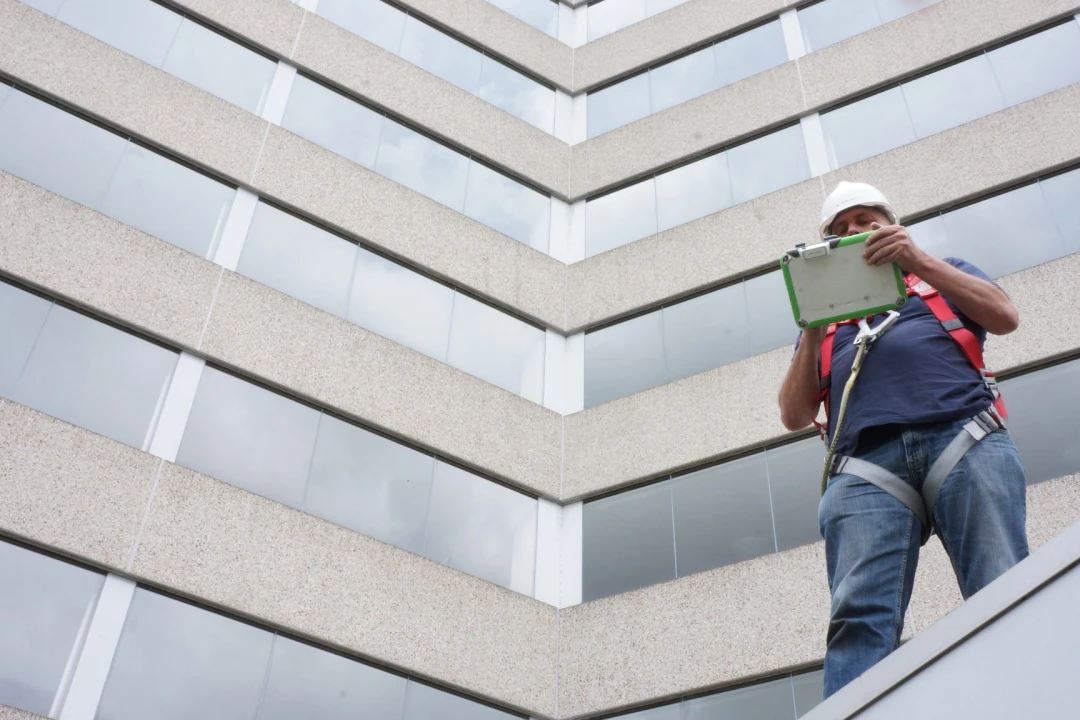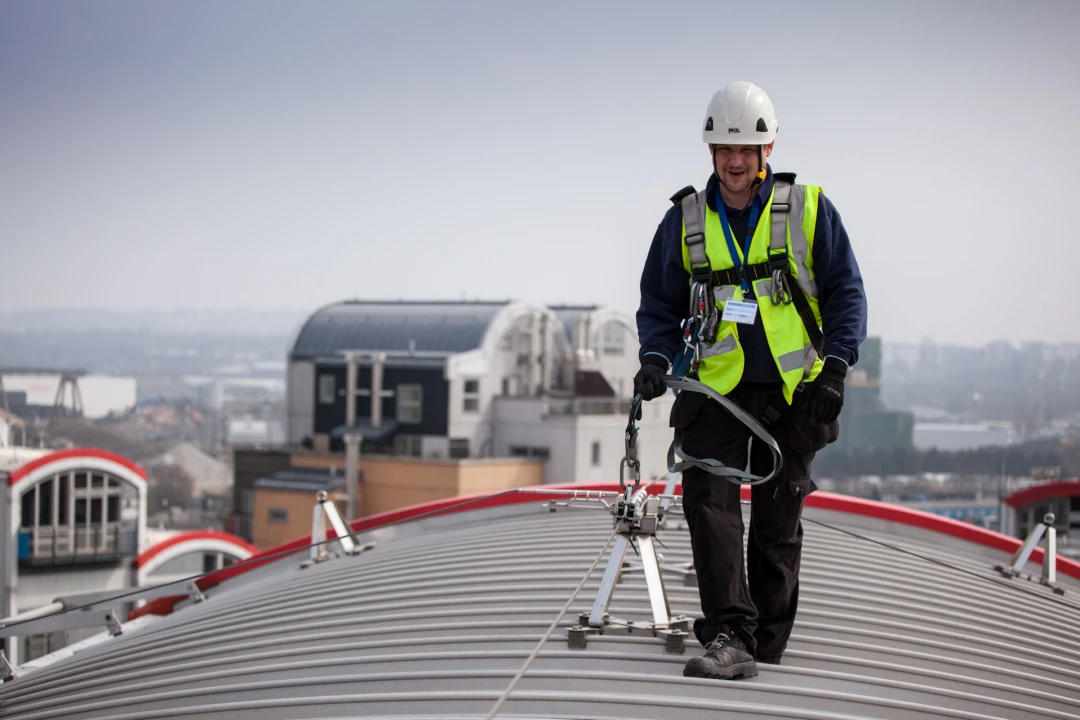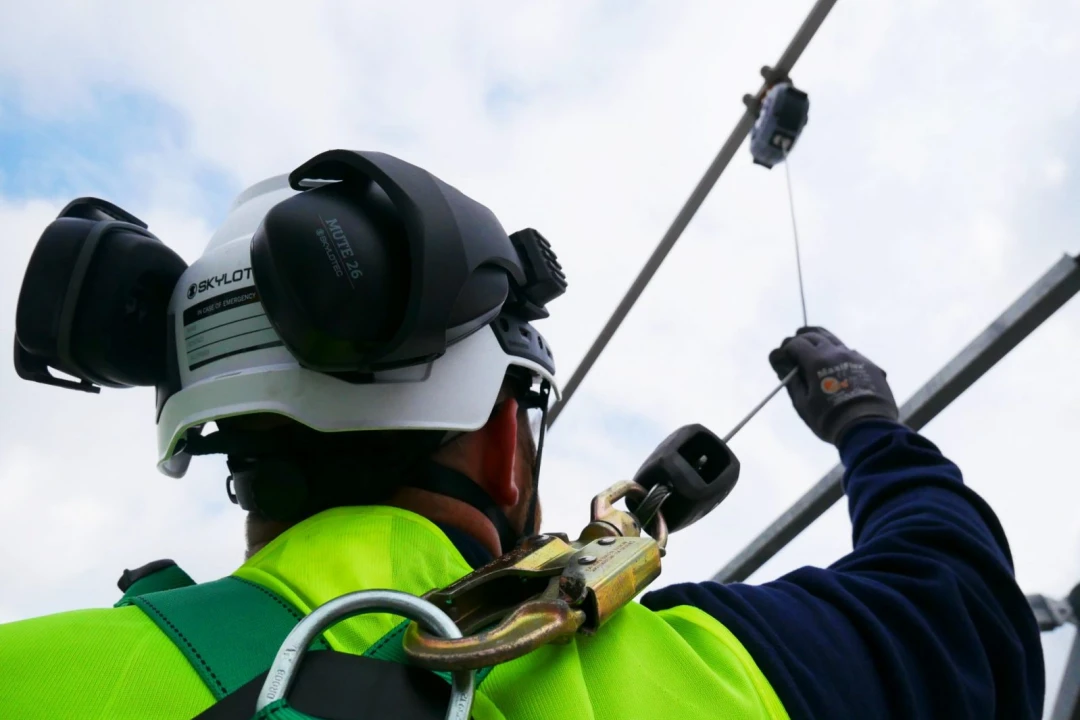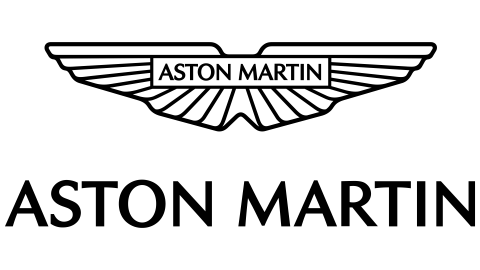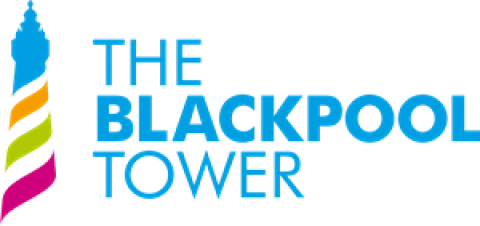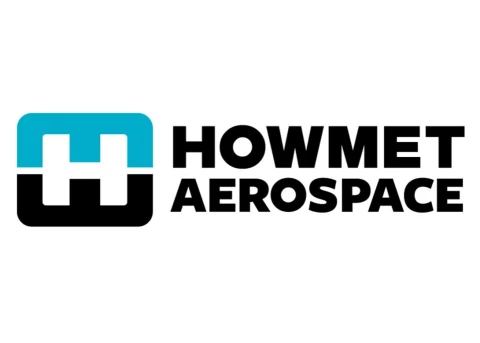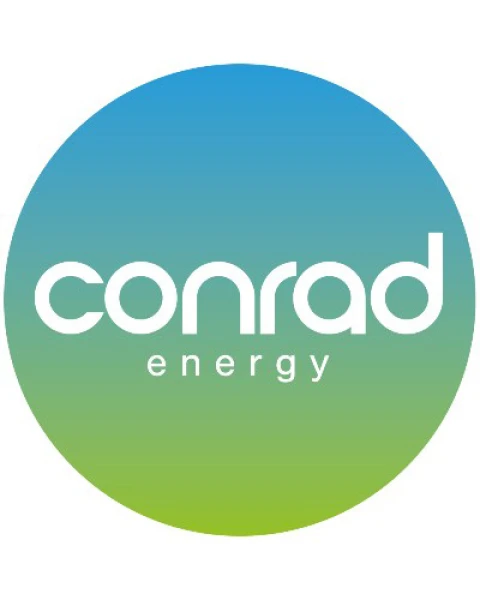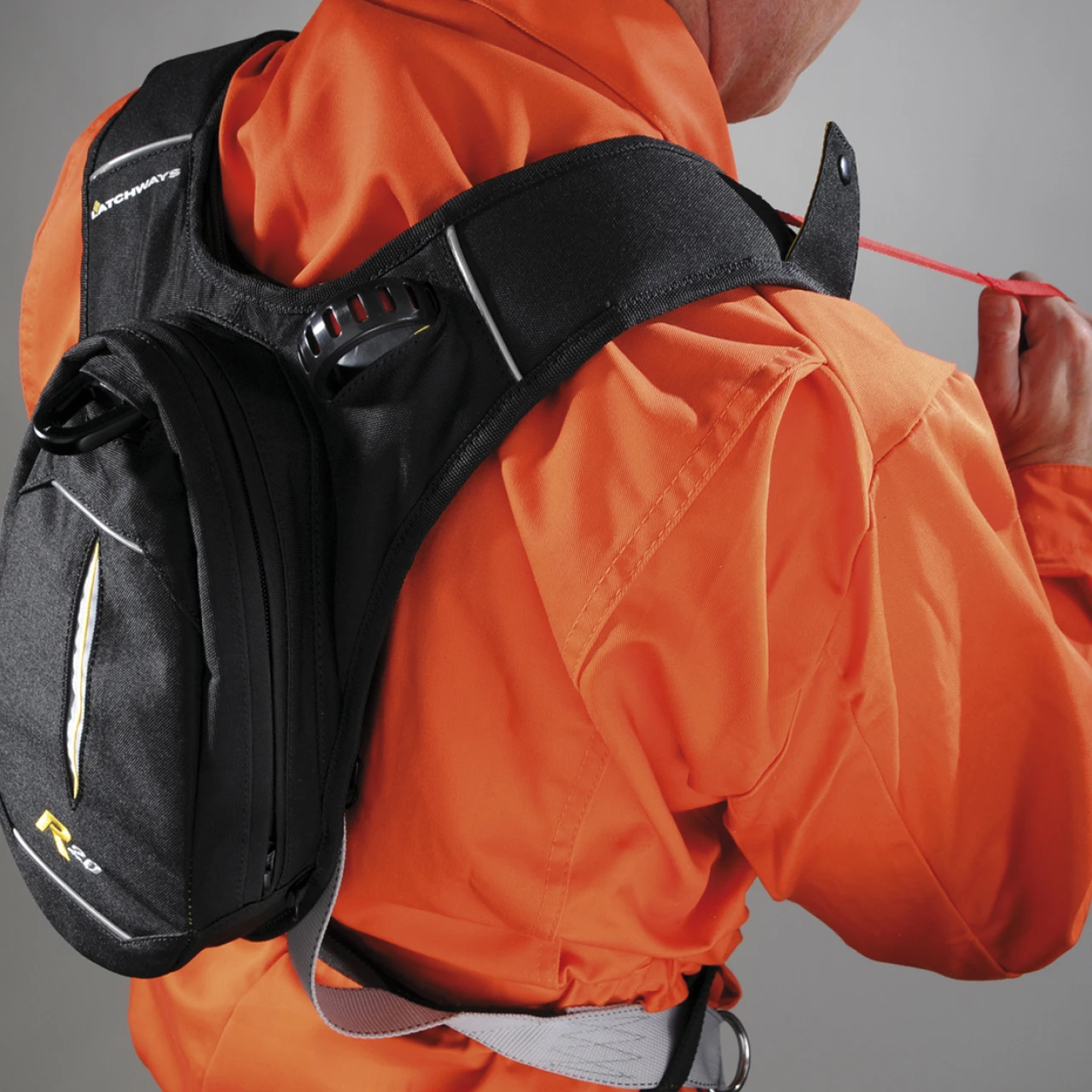

- Knowledge Base
- Tips & Explanations
- How to design a rescue a plan for your building
How to design a rescue a plan for your building
Legal requirement as a building owner or facilities manager
If you don't have a comprehensive rescue plan for your building in place, then you could be exposing yourself to risk and breaking the law.
The Work at Height Regulations 2005 require employers to make specific provisions for emergencies and rescues and stipulates that all work at height activities, including rescue, must be carried out by a competent person. The legislation states that "every employer shall ensure that work at height is properly planned" and the "planning of work includes planning for emergencies and rescue."
The importance of prompt rescues
In the case of a fall from a height, it is vital that the person is rescued as soon as possible as being suspended for any length of time after a fall can result in suspension trauma, which is potentially fatal. This means that employers cannot rely on a response from the emergency services and should instead have a rescue plan of their own in place.
How to design a rescue plan for work at height
Many building owners and facilities managers choose to work with a fall protection specialist, such as Eurosafe, to help them formulate a comprehensive rescue plan that suits the individual needs of their building.
We are also able to provide the necessary training and PPE equipment to ensure that workers are offered as much protection as possible and that equipment meets the required standards.
It is vital for rescue plans to be regularly assessed and updated where necessary.
Things to consider when designing a rescue plan for work at height
To identify appropriate fall protection equipment, careful consideration must be given to the type of scenario that could result in a rescue situation.
For most rescue situations up to 20m, the Latchway PRD, which is an integrated harness system, will allow self-rescue. The PRD is worn as everyday work wear in place of a standard full-body harness. Users can conduct their rescue immediately after a fall by pulling a release cord, this activates a descent mechanism and gently lowers the user to the ground within seconds.
For heights of up to 150m, or where the preferred option would be to raise rather than lower the casualty, an IKAR rescue kit would be the preferred option – when combined with appropriate training in its use, the IKAR rescue kit can be developed into a comprehensive rescue plan. This would allow workers to perform their emergency rescues from rooftops, ladders, and free-hanging suspensions.
Ensuring that your business has a comprehensive rescue plan in place will provide you with additional peace of mind in the safety and protection of staff and contractors when working at potentially very dangerous heights.
By having a dedicated rescue plan in place you are reducing your risks and ensuring you are compliant with the latest legislation.
Learn more about...


